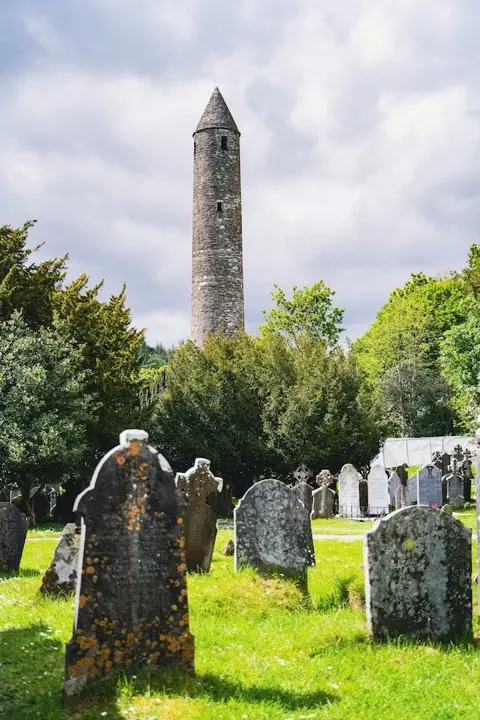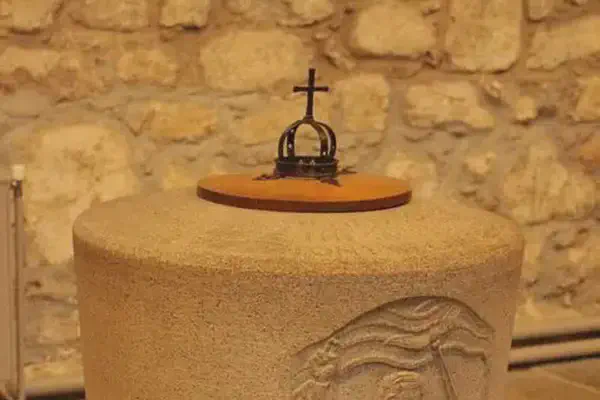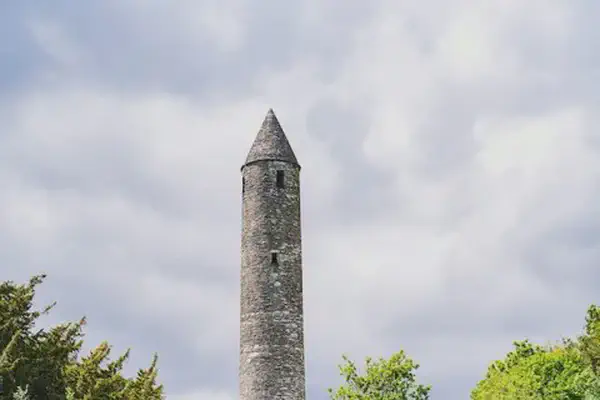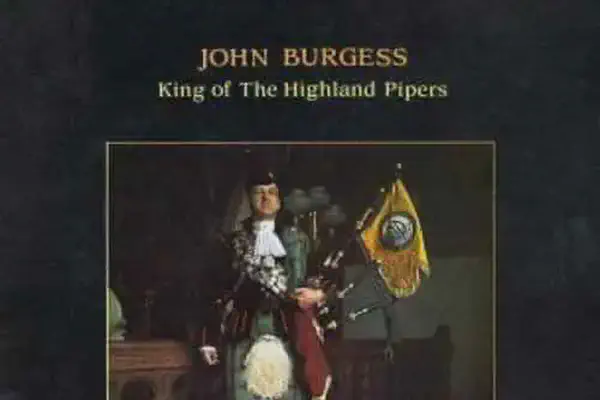On August 10, 1316 in Celtic History
Battle of athenry, irish rising in support of edward bruce

The Second Battle of Athenry took place on the 10th August 1316 and was one of the most decisive battles of the Bruce Wars. It was in many ways part of a war within a war, as Felim mac Aedh Ua Conchobair wished to make himself Supreme King of Connacht, without opposition, and to expell the Normans to regain the lands and power that his family had enjoyed prior to their arrival in 1232. He gathered an impressive array of allies - the Kings of Meath, Brefine, Annaly, Leney, Hy-Many, Ui Fiachrach Muaidhe, and Munster.
Their collective forces are thought to number as much as 20,000, who were opposed by the Normans of Connaught and their two most prominent leaders; Richard Og de Burgh, 2nd Earl of Ulster, and de Bermingham, Lord of Athenry.
The battle apparently took place on the boggy plain and eskers to the east of the town, outside the towergate called the Laragh Gate. Twenty-three year old King Felim was one of the many casualties; a place called the White Stone, lying to the east of an esker overlooking Athenry upon the Laragh road, is traditionally pointed out as the place where his body was found.
The battle is reputed to have one of the highest death rates ? an estimated 10,000, mainly on the Irish side ? of any battle ever fought in Ireland, rating it on a par with Clontarf, Knockdoe and Aughrim. One of the immediate after-effects of it was the building of the town walls in an incredible five years. This was said to be because so much abandoned booty was retrieved from the remains of the Irish army. Over two thirds of the walls of Athenry still stand, making it the only town in Europe with so much of its medieval walls still intact.
The Second Battle of Athenry marked the definitive end of the power of the Ua Conchobair (OConnors) as Kings of Connacht. The decades following marked the high point of Norman rule in Connacht, and the rise of the towns of Athenry and Galway as centres of economic and political power and wealth.
In the long run however, after the death of the Red Earl in 1326 and especially as a result of the Burke Civil War 1333-38, Norman power in Connacht fragmented.
The Normans as a distinct power were dissipated, becoming more Irish than the Irish themselves. For example, the Norman families of de la Val, Lawless, Dolphin, who would have fought at Athenry as liegemen of the de Burgh and de Bermingham, were within generations Irish clans led by chieftains; all of these families are still found in the Athenry-Loughrea area.
All allegiance to the Crown was abandoned by the de Burghs and de Berminghams; it would be fully two hundred years before English Kings could even begin to bring the Irish of Connacht under their control, a process that was only fully achieved by William III in 1692.
Related Content

Shane Patrick Lysaght MacGowan, lead singer of the Pogues, died

St Machar Day, patron saint of Aberdeen

Oíche Shamhna - Cetlic New Year Eve (Halloween)

ALBAN ELFED (Welsh Bardic name for autumn equinox)

Feast day of St. James

John Davie Burgess, King of the Highland Pipers, died at age 71.